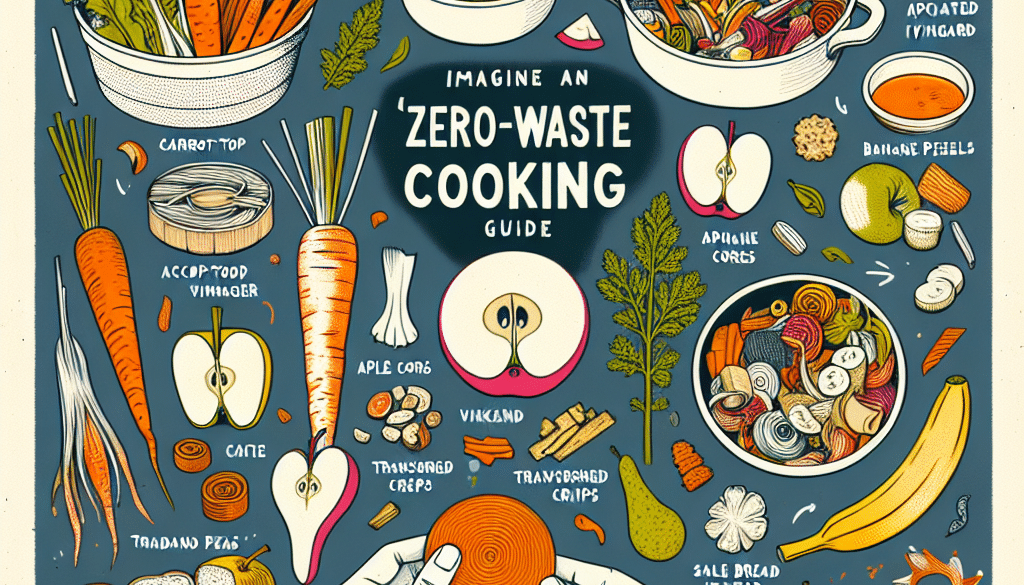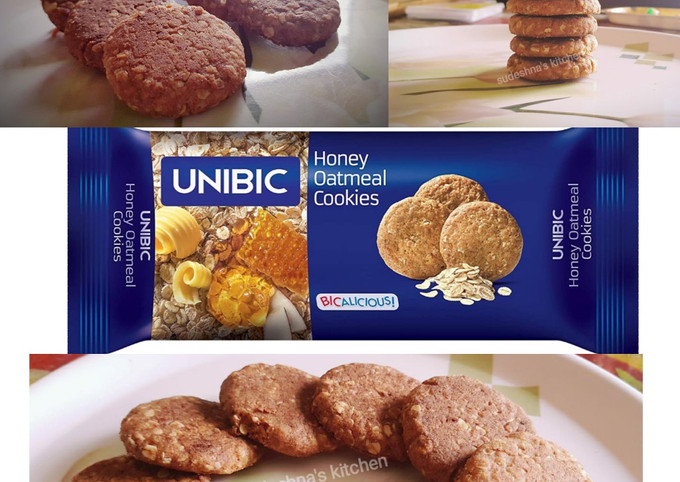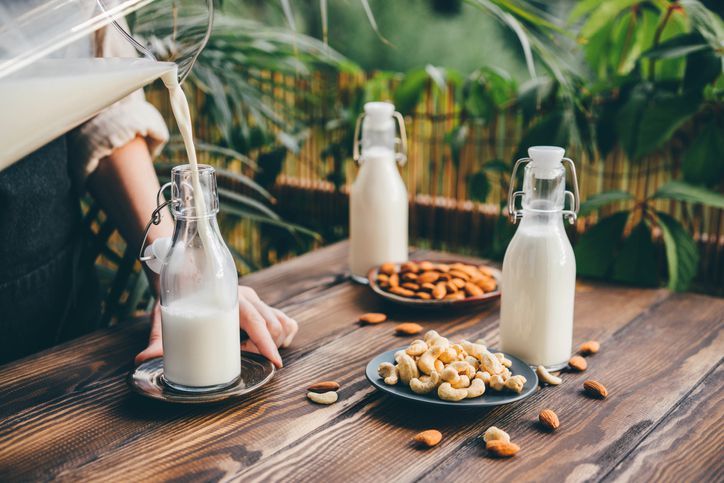Introduction to Zero-Waste Cooking
Welcome to the flavorful world of zero-waste cooking! Imagine whipping up delicious meals while taking care of our beautiful planet at the same time. With sustainable cooking, you can reduce food waste and savor every bite without compromising on taste. This approach isn’t just a trend; it’s a lifestyle choice that allows us to be mindful of what we consume and how it affects our environment.
Every ingredient has value, from the vibrant greens in your salad to those leftover veggie scraps you’ve been tossing into the trash. It’s time to rethink what we consider wasteful. Whether you’re a seasoned chef or an enthusiastic home cook, incorporating zero-waste techniques can transform your kitchen habits and elevate your culinary creations. Let’s dive deeper into this eco-friendly journey together!
Why is Zero-Waste Cooking Important?
Zero-waste cooking is essential in our fight against food waste. Each year, millions of tons of edible food are discarded, contributing to greenhouse gas emissions and climate change.
By embracing this approach, we reduce the environmental impact associated with farming, transportation, and disposal. It’s a simple way to lessen our carbon footprint while still enjoying delicious meals.
Moreover, zero-waste cooking promotes resourcefulness. You learn to make the most out of every ingredient. This creative process can lead to exciting culinary discoveries that elevate your dining experience.
In addition, it fosters a deeper connection between us and our food sources. Recognizing the effort behind each meal encourages gratitude for what we eat.
Zero-waste practices reflect a sustainable lifestyle choice that benefits both personal health and the planet’s well-being.
The Benefits of Zero-Waste Cooking
Zero-waste cooking offers a multitude of benefits that extend beyond just reducing food waste. One significant advantage is cost savings. By utilizing every part of your ingredients, you can stretch your dollar and minimize trips to the grocery store.
This approach also encourages creativity in the kitchen. Transforming scraps into delicious meals fosters innovation and culinary exploration. You might discover new flavors or techniques along the way.
Healthier eating habits are another perk. When you focus on using whole foods, you’re less likely to rely on processed items full of additives and preservatives. This shift in mindset promotes not only sustainability but also better nutrition.
Embracing zero-waste cooking contributes positively to the environment. It significantly lowers landfill contributions while conserving resources used in food production and distribution, making it a win-win for both personal health and our planet’s wellbeing.
Tips for Reducing Food Waste at Home
Start by organizing your pantry and fridge. Knowing what you have on hand helps prevent duplicate purchases.
Next, embrace the art of planning meals for the week. This simple step ensures that ingredients are used before they spoil.
Store food properly to maximize freshness. Use airtight containers and label items with dates to keep track of what needs to be eaten first.
Consider using a “first in, first out” method. Place newer items behind older ones so you naturally consume them sooner.
Get creative with wilting produce; toss those slightly limp veggies into soups or stir-fries instead of discarding them.
Learn about composting kitchen scraps like vegetable peels and coffee grounds. It’s an excellent way to reduce waste while enriching your garden soil at the same time.
Creative Ways to Use Leftovers
Leftovers can be a treasure trove of creativity in the kitchen. Transform that roasted chicken into flavorful tacos by shredding it and mixing with salsa, avocado, and fresh cilantro.
Got extra veggies? Toss them into a hearty soup or blend them into a vibrant smoothie for added nutrition.
Cooked grains like rice or quinoa can easily become stir-fried delights when sautéed with soy sauce and your favorite protein.
For those stubborn bits of cheese left in the fridge, melt them atop a baked potato or mix into scrambled eggs for an indulgent breakfast treat.
Even bread scraps have potential! Turn stale pieces into crunchy croutons or breadcrumbs to elevate your dishes without waste. Embracing these inventive ideas makes meal prep exciting while honoring sustainability.
Shopping and Meal Planning for a Zero-Waste Kitchen
To create a zero-waste kitchen, shopping and meal planning are essential steps. Start by making a detailed grocery list based on your meals for the week. This helps you avoid impulse purchases and reduces food waste.
Consider buying in bulk when possible. Bring your own containers to fill with grains, nuts, or spices. This not only cuts down on packaging but also allows you to buy just what you need.
Focus on seasonal produce at local farmers’ markets. Not only does this support local agriculture, but it also ensures fresher ingredients that last longer.
When planning meals, think versatile dishes that can use similar ingredients throughout the week. For example, roasted vegetables can top salads one day and be blended into soups another day.
Store foods properly to extend their lifespan—utilize airtight containers and keep perishables visible to encourage usage before spoilage occurs.
Delicious and Sustainable Recipes to Try
Looking for tasty recipes that embrace sustainable cooking? Here are a few to get your taste buds excited.
Start with vegetable scraps. Create a vibrant broth using onion peels, carrot tops, and leftover herbs. Just simmer in water for an hour, strain, and use the flavor-packed liquid as a base for soups or risottos.
Next up is a delightful stir-fry featuring wilting greens. Toss together kale stems, broccoli florets, and any lingering veggies in your fridge with soy sauce and garlic. Serve it over rice or quinoa for an easy meal.
For dessert, whip up banana peel cake! Yes, you heard right—blend ripe banana peels into the batter alongside mashed bananas. It adds moisture while reducing waste.
These ideas not only minimize food waste but also elevate your meals to new heights of creativity and flavor.
Embracing Zero-Waste Cooking for a Healthier Planet and Palate
Embracing zero-waste cooking is more than just a trend; it’s a lifestyle choice that can lead to significant changes in how we interact with our food and the environment. By adopting sustainable cooking practices, you help reduce food waste while enjoying delicious meals packed with flavor. Every time you choose to minimize waste, you’re making a positive impact on the planet.
As you incorporate methods like meal planning, mindful shopping, and creative use of leftovers into your routine, you’ll discover new culinary adventures along the way. The satisfaction of creating dishes from what might have been discarded not only nourishes your body but also nurtures your relationship with nature.
This journey toward greener cooking fosters creativity in the kitchen. You’ll learn how to make the most out of every ingredient—transforming vegetable scraps into broths or stale bread into croutons. This approach cultivates mindfulness and appreciation for food’s true value.
Fostering a zero-waste kitchen means embracing sustainability as part of our daily lives. It reminds us that small changes can lead to meaningful results—a healthier planet and palate await those who choose this path. As you embark on this rewarding experience, remember that every bite counts towards building a better future for generations to come.




